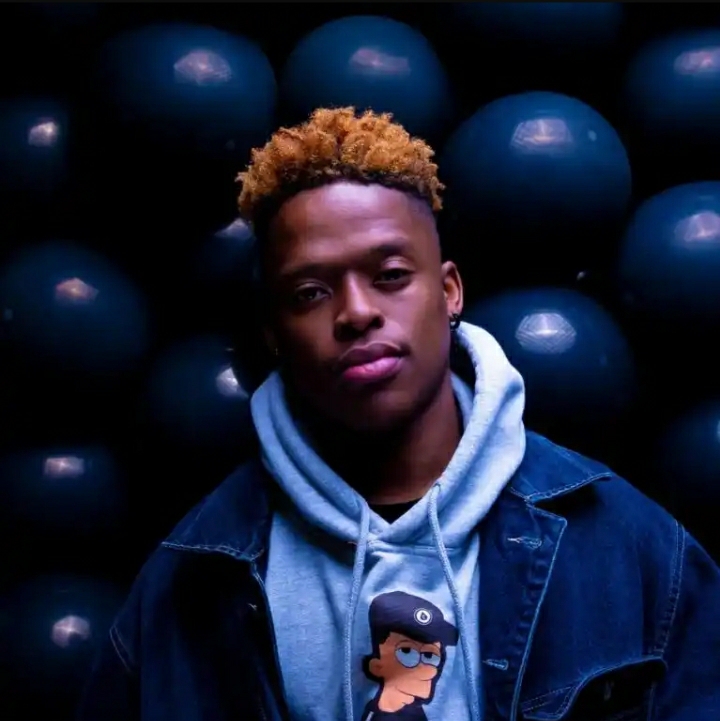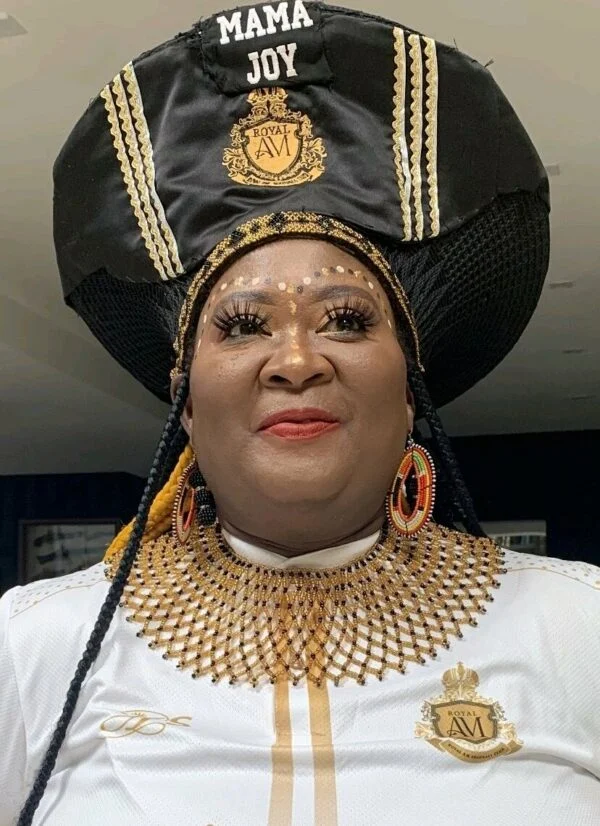
If you’re a music lover, especially of the amapiano genre, you have probably noticed the genre has been dominating the music scene in the Rainbow Nation. And if you’re curious like us, you would have made an attempt to find out more about the genre.
But if you’re somehow feeling lazy, still no worry. We are here to bring you the amapiano story and how the genre has evolved since it manifested in South Africa. It’s an intriguing trajectory and one many did not expect to evolve the way it has done so far.
In trying to tell the amapiano story, several questions come to mind. First, how did the genre start? Where did it start? What’s its current position? Does it have any future?
You are welcome to tag along as we share the amapiano story, answer those questions, and so much more. Okay, let’s roll!
Telling the Amapiano Story: How and Where It Started
What is today known as amapiano music originated in South Africa, but it didn’t bear the name “amapiano” name ten years ago when it actually started. Amapiano, a concatenation of jazz, deep house and lounge music, started as an underground sound but started gaining resonance around 2012. It was more of an experiment at the time, with no particular person or group credited for its origins.
However, along the many, several artists have contributed to its evolution, including its naming. Years back, the genre was simply known as “number.” However, sources claim that the musical collective MFR Souls decided to rename it to “Amapiano,” which translates to “the pianos” from the Zulu.
The name has since stuck. Nevertheless, the genre struggled at the outset, like a child recently brought into the material plane. And when it started gaining prominence, there was resonant pessimism about its sustainability, with some critics giving it a timeline to lose its popularity and ultimately vanish from the music universe of the Rainbow Nation.
On the contrary,m the genre had survived and even clinched a vitally I’m[portant position in South African music, which we interrogate below.
Current Position
Amapiano music is current the in-thing in South Africa, which means it is the genre of choice for most and has a domineering presence in the country’s music universe.
In reality, though, the genre now transcends South Africa, as artists in other countries have been taking tentative steps into the amapiano universe. And with South African musicians avidly taking the genre around the world, it’s only time before it ricochets to the ends of the earth.
Mirrored to South Africa, amapiano is the dominant genre and has been stealing musicians from other genres with ease. As a matter of fact, some artists have had their first number-one spot on radio thanks to their piano releases. Cassper Nyovest’s “Siyathandana” with Boohle and Abidoza readily comes to mind.
Hitherto a hip hop artist, Cassper Nyovest had taken a plunge into the world of amapiano music. And his releases in the genre have been hits with the public.
Of course, the reason for amapiano dominance is the quality of the musicians who have been streaming into the fold, the quality of their offerings, and the mass reception from the public.
And we count Reason among those pushing this dominance. Formerly a hip-hop artist, the songster had adopted the stage name Sizwe Alakine and delved into the amapiano universe. He would confess later that delving into amapiano music has been a great benediction to his music career and him as a person. He has a point, perhaps — something only those who have drunk from amapiano’s bewitching waters will understand.
And there’s Major League DJz, comprising the twin brothers Bandile and Banele Mbere. They have taken it upon themselves to ensure the amapiano message is propagated and sustained. And they have been successful.
This is all the more interesting because both are hip-hop artists who switched to amapiano music along the way.
Future
the future of anything, including a genre of music, depends on many factors, including creators and a ready market or fan base for what is being created. It might be compared to language in a sense – if it is not used, it might go out of style and out of life.
At this point, though, it is safe to say that amapiano actually has a future – a bright now. The reason for this optimism is only too obvious: The ranks of devotees of the amapiano genre are swelling by the day, with many celebrated figures taking it upon themselves to take amapiano music to the ends of the earth.
But that’s not all. The genre is flourishing and has also captured the interests of other musicians around the world, from Nigeria down to the United States. in fact, there is even a new spin-off from the genre, called Indian amapiano. In the intervening years, similar manifestations will be prevalent.
Amapiano isn’t going anywhere anytime soon.







